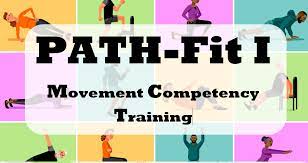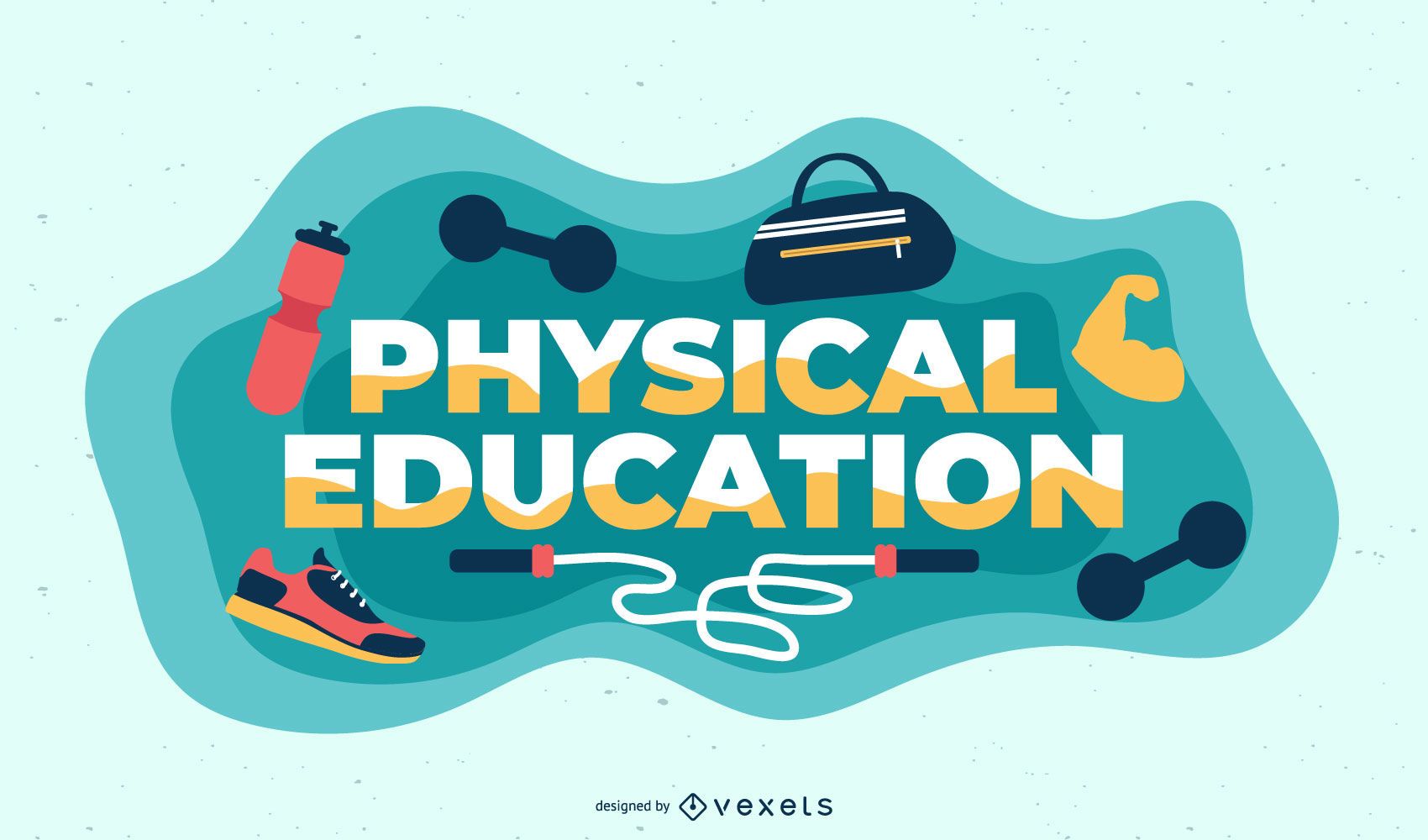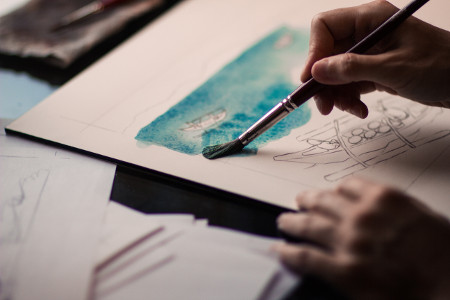
PATHFIT 1 - Sir Sales
This Physical education 1 is about the study, practice, and
appreciation of the art and science of human movement and development". While movement is both innate and essential to an individual's growth and development to adapt the physical activity, it is the role of Physical education 1 to provide instructional activities that not only promote skill development and proficiency but also enhance an individual's overall health of individual. PATHFIT program not only fulfills a unique role in education system but is also an integral part of the schooling process in sports. Fitness goal is also part of the program and individual health in fitness.

Fundamentals of Games and Sports- Sir Sales
The goal Physical Education III (Fundamental of Sports and Games), Is to introduce and teach the basic fundamentals of various individual and dual team as well as incorporation of health and fitness related activities. I would like to impart to learners the a basic knowledge of how to maintain a healthy and active lifestyle in the beginning physical education introduces students to different aspects of team-oriented and individual physical activities that foster life-long fitness and good health. The learners will focus self confidence, team building skills, game strategies, fundamentals, equipment and rules and regulation of different sports discipline. In this stage of this course of Physical Education III the learners will build on the experiences in participating in all activities even this pandemic situation to advocate the wellness is for all.

Knowledge Management and ICT for Public Administration
This course is designed to introduce students to the ways that Information and Communications technology affects governmental functions, democratic processes, and public programs and how they implement Knowledge Management in each sector.

